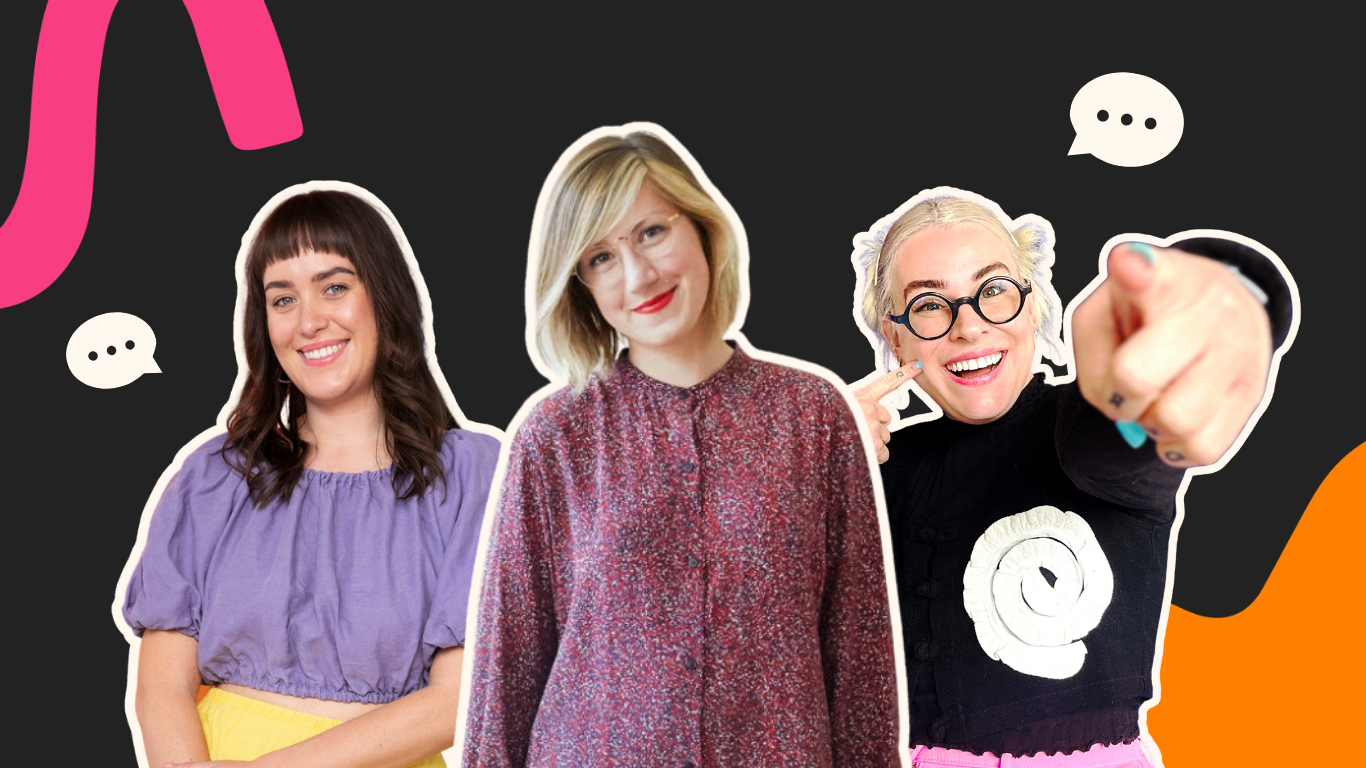The Ultimate Branding Checklist
Your go-to-branding guide is just a click away!
Elements of Design | The Fundamental Principles Every Creative Needs to Know to Design Their Own Brand

Have you ever wondered what makes some designs better than others? Why some brands look cleaner, catch your eye more, or keep you engaged better than others?
Well there’s lots to it (designers pay tens of thousands of dollars and spend years of their lives learning it all!) but the basics boil down to these 8 principles.
These are the basic principles of design that designers learn in their first year at design school, and use literally every day in every single piece of design that they do. But if you're doing it yourself, or building your brand on a budget, we've got you covered.
When you're going through the brand identity design process, or if you want your posters to pop; your Insta stories to stand out; your website to wow, these are the secrets to success:
Alignment
How typography and other graphic elements line up with each other and the environment they're in. Usually left, right, or centred. You probably won't notice when something is aligned, but you definitely will when it's not!

Hierarchy
Arranging design elements in a way that implies importance through scale, colour and composition. Something bigger, brighter, and higher up is going to seem more important than something small, dark, and low down.

Contrast
Using colours, textures, sizes, fonts, and other graphic elements that are drastically different to help create visual interest. When everything is the same, a design can be bland and boring, but contrast makes it engaging.

Repetition
Repeating the same or similar design elements to create unity, consistency, and cohesiveness. Repetition, pattern, and rhythm emphasise your point and help create a sense of reliability and comfort for the viewer.

Proximity
Putting related items together, and making sure that unrelated items are separated to give structure and clarity to a layout. Elements in close proximity seem connected and become one visual component.

Balance
Distributing graphic elements so that the design feels balanced. Balance can be symmetrical or asymmetrical, or you can intentionally make something off-balance to create the effect of movement or uncertainty.

Color
The use of color and combinations of colors to suggest specific connotations, create hierarchy between design elements, and/or make the viewer feel certain feelings associated with those colors. The color palette you use can make a big different to your brand.

Space
The space in a design is just as important as the graphic elements. This empty, blank space is called white or negative space. It draws the viewer's eye to the elements and helps to emphasise the design.

Now you have an idea of the fundamental design principles and how you can use them to make your brand pop! We can't wait to see how you use them.

Pin one of these graphics to save this post for later




August 3, 2022
Color
Design
Typography
more from

The undiscovered to unforgettable challenge












.svg)






